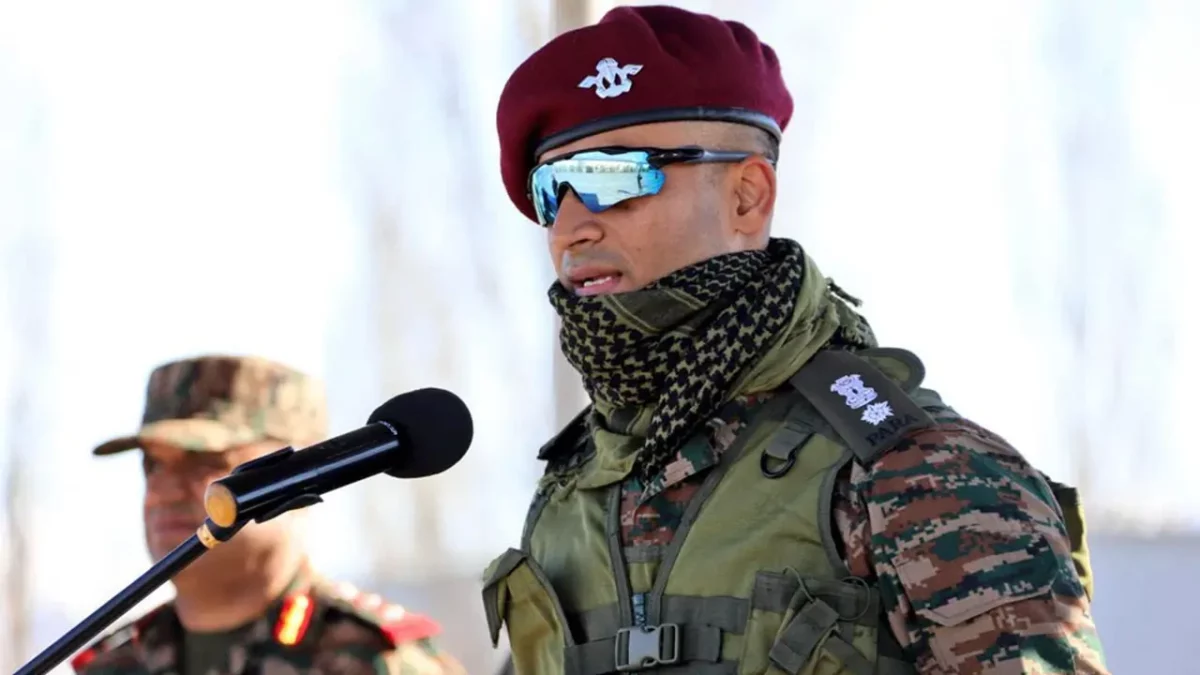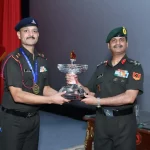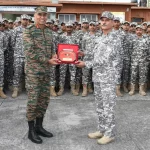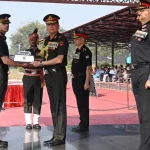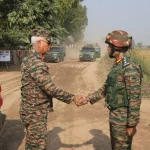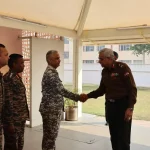In a significant move to enhance combat readiness and standardize physical standards across its personnel, the Indian Army has announced the implementation of a new Combined Physical Test (CPT) effective from April 1, 2026. This policy extends mandatory fitness assessments to all ranks, encompassing senior officers such as Brigadiers, Major Generals, and Lieutenant Generals, up to the age of 60. The initiative aims to merge and modernize existing testing protocols, ensuring that physical fitness remains a core requirement for leadership and operational effectiveness.
Background and Rationale
Historically, physical fitness evaluations in the Indian Army were divided into two primary categories: the Battle Physical Efficiency Test (BPET), which applied to officers and soldiers up to the age of 45 and included a 5-kilometer run in combat dress with a 4.5-kilogram battle load, and the Physical Proficiency Test (PPT), which extended to personnel up to age 50 and featured a 2.4-kilometer run. Senior officers beyond these age thresholds were previously exempt from such assessments. The new CPT consolidates these into a single, unified framework, reducing the frequency of tests from up to four times annually for junior ranks to twice a year for all personnel. This adjustment is intended to simplify procedures, harmonize standards across genders and ranks, and allocate more time for soldiers to engage in sports, hobbies, or adventure activities.
The policy emerges from internal deliberations, in-house studies, and comparisons with fitness standards in foreign militaries. An official Army communication dated October 3 emphasizes the critical role of physical fitness in military operations, stating: “Physical fitness is paramount for soldiers to enable them to endure the rigours of military training and multi-domain operations. Strength, endurance and agility are crucial for combat readiness, allowing soldiers to react quickly and effectively in dynamic situations. A fit soldier is more capable, reliable and an effective asset to his unit, ultimately contributing to mission success. Commanders at all levels must also be role models for the rank and file and be capable of leading the team from the front at all times.” The directive further notes that, despite advancements in modern warfare and digitization, the human element continues to be indispensable.
Key Parameters of the Combined Physical Test
The CPT incorporates age-specific and gender-inclusive parameters, with composite evaluation tables designed to balance rigor and practicality. Participants must achieve a minimum satisfactory grade of 6 marks overall to qualify, with repeated failures potentially affecting career progression, including promotions and annual confidential reports (ACRs).
- For personnel aged 50 to 60 years (typically encompassing two-star and three-star officers, such as Major Generals and army commanders): The test includes a 3.2-kilometer brisk walk, along with a specified number of sit-ups and push-ups, adjusted according to age.
- For personnel aged 35 to 50 years: Requirements involve a 3.2-kilometer run, push-ups, and sit-ups.
- For personnel under 45 years: In addition to the above, participants must demonstrate proficiency in vertical rope climbing.
Tests for senior officers will be conducted under supervision up to age 55, transitioning to self-assessments from ages 55 to 60. All evaluations emphasize endurance, strength, and agility, aligning with the demands of contemporary military engagements.
Expert Perspectives and Implications
Retired Lieutenant General Vinod Bhatia, former director general of military operations, welcomed the changes, remarking: “The new rules are a welcome step as only mentally and physically fit commanders can lead their men into battle and achieve the desired objectives.” He further highlighted that the updated procedures are “relevant, practical and inclusive,” potentially fostering a culture of sustained fitness throughout an officer’s career.
An unnamed Army officer elaborated on the policy’s intent, stating: “Under the single CPT, which aims to simplify, modernise and harmonise physical standards across ranks and genders, the age limit has been extended to 60 years. This means senior ranks will now also have to undergo the CPT, ‘under supervision’ till the age of 55 and ‘self-assessment’ from 55 to 60. Each participant will have to secure at least a grade of 6 marks to qualify overall. Otherwise, his or her promotions will be adversely impacted.” This underscores the Army’s commitment to accountability at all levels, positioning senior leaders as exemplars for subordinates.
The introduction of the CPT reflects broader efforts to address potential declines in fitness standards amid evolving operational challenges. By mandating these tests for top brass, the Indian Army seeks to reinforce its ethos of leading by example, ensuring that every member, from Agniveers to generals, contributes to a resilient and mission-ready force. Implementation details will be monitored closely as the policy rolls out next year.

